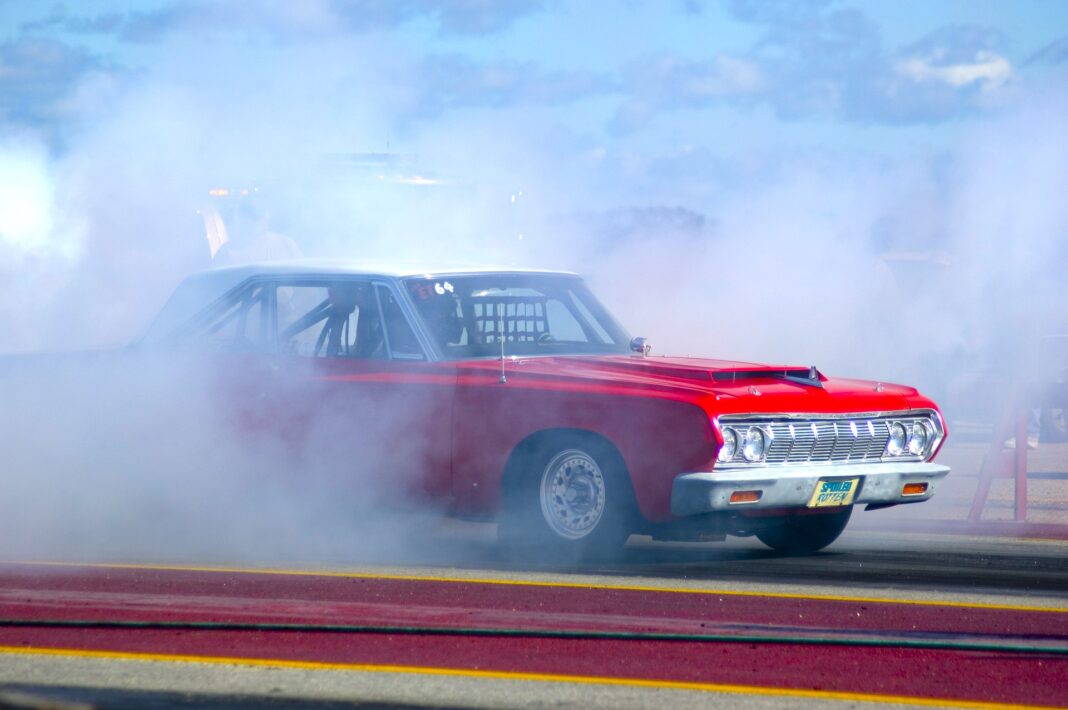The Chevrolet Muscle Cars were designed to be raw, powerful machines
The Chevrolet Muscle Cars of the 1960s and 1970s were iconic symbols of American power and performance. With their powerful V8 engines, aggressive styling, and tire-burning capabilities, these cars embodied the spirit of a generation. However, as the world has changed, so too have the demands placed on automobiles. Today, concerns about fuel efficiency and emissions have led many to question whether muscle cars should be updated to meet the demands of the modern world.
On one hand, it could be argued that updating muscle cars to meet modern standards would be a betrayal of their heritage. These cars were designed to be raw, powerful machines, and making them more efficient or “green” would take away from what made them special. Furthermore, many enthusiasts argue that the appeal of a muscle car is its ability to burn rubber and make noise and that this is something that cannot be replicated with a hybrid or electric powertrain.

On the other hand, it could be argued that updating muscle cars to meet modern standards is necessary in order to keep them relevant and accessible to a wider audience. With stricter emissions regulations and a growing demand for fuel-efficient vehicles, muscle cars that do not meet these standards are at risk of being banned or heavily taxed. By updating them to meet modern standards, manufacturers would be able to keep these cars on the road and in the hands of enthusiasts.
In addition, updating muscle cars to include modern technology and features would make them safer and more reliable, which would be a plus for the drivers and their families. Furthermore, modern technology can also improve the overall driving experience, such as advanced traction and stability control systems, which can help to improve the car’s handling and performance.

One example of a modern muscle car is the Chevy Camaro. The Camaro has been in production since 1967 and has undergone several updates over the years to stay relevant and meet modern standards. The current sixth-generation Camaro is available with a variety of engines, including a turbocharged four-cylinder, a V6, and a V8. Additionally, it has been updated with modern features such as a touchscreen infotainment system, advanced driver assistance systems, and a lightweight, aerodynamic design.
The Camaro’s updates have allowed it to stay competitive in the market and meet changing consumer demands, while still maintaining the performance and styling that make it a muscle car. This is a good example of how muscle cars can be updated to meet modern standards without sacrificing their heritage and identity.

In conclusion, updating muscle cars to meet modern standards is a complex issue that depends on a variety of factors. While some may argue that making these cars more efficient or “green” would take away from what makes them special, others argue that updating them is necessary to keep them relevant and accessible to a wider audience. One thing is for sure, Chevy muscle cars have been iconic symbols of American power and performance, and updating them while keeping their heritage and identity is a balance that needs to be achieved in order to keep these cars alive in the modern world

















